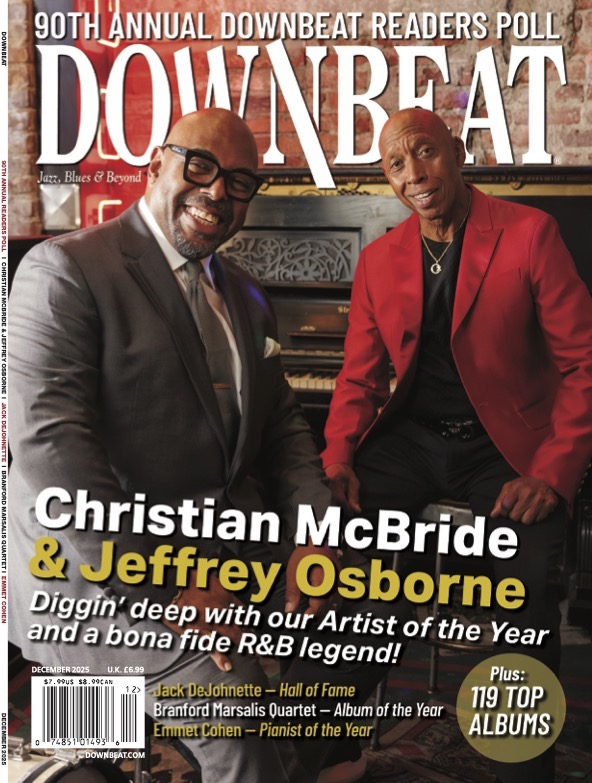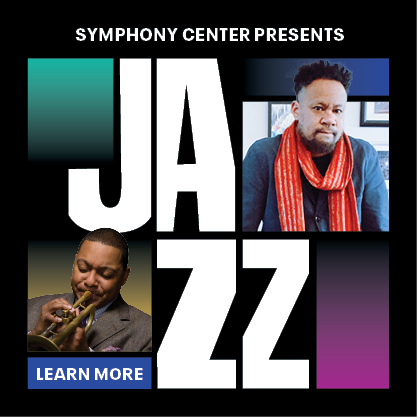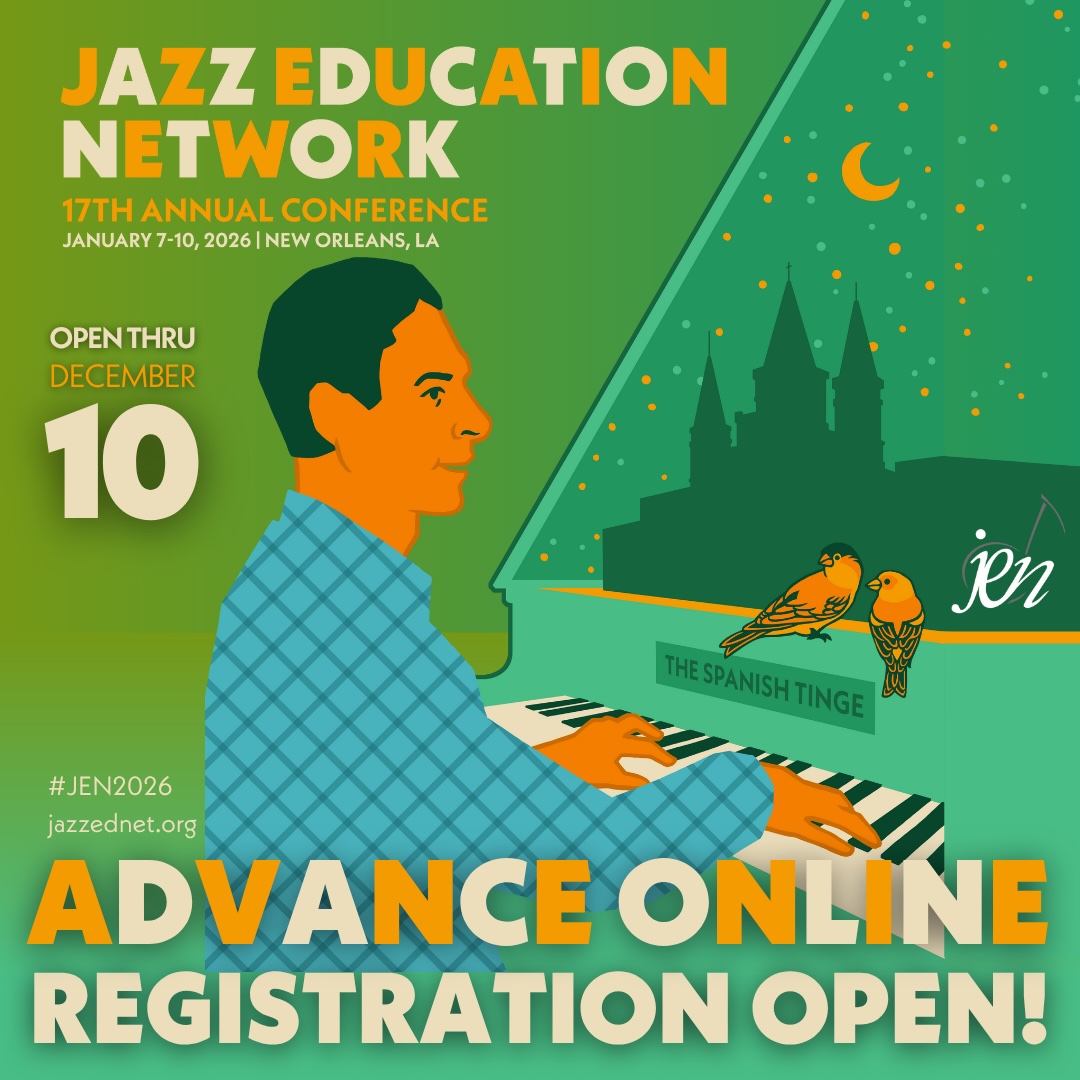Dec 9, 2025 12:28 PM
In Memoriam: Gordon Goodwin, 1954–2025
Gordon Goodwin, an award-winning saxophonist, pianist, bandleader, composer and arranger, died Dec. 8 in Los Angeles.…
Steve Lacy, one of the greatest soprano saxophonists of all time, died Friday at New England Baptist Hospital. The jazz master who once defined his profession as “combination orator, singer, dancer, diplomat, poet, dialectician, mathematician, athlete, entertainer, educator, student, comedian, artist, seducer and general all around good fellow” was 69. He leaves his wife and collaborator, the Swiss singer Irene Aebi.
Born Steven Lackritz in New York City on July 23, 1934, Lacy started his musical training at the piano as a youth. From there, it was an interest in clarinet, eventually leading to soprano saxophone. Having studied with Cecil Scott, Lacy went on to Schillinger School of Music (now Berklee School of Music) in 1953, the following year going to Manhattan School of Music.
Lacy started out being influenced by traditional jazz and was an exponent of it as a player for many years. His interest in the early jazz of New Orleans, Chicago and Kansas City was later supplanted by collaborationswith, among others, Cecil Taylor in the late 1950s. During this time he also worked with Jimmy Guiffre, Mal Waldron and Gil Evans, and became very interested in the music of Thelonious Monk. For 16 weeks in 1960, Lacy worked with Monk’s quintet, following that up with his own quintet with Roswell Rudd, Denis Charles and different bassists playing a repertoire of mainly Monk compositions. Starting in 1965, Lacy performed more and more as an international artist with, among others, Kenny Drew, Enrico Rava, Karl Berger and Paul Motian. In 1967, he moved to Europe, having married Irene Aebi, who would become a member as a vocalist/cellist/violinist with Lacy.
Lacy moved to Paris in 1970, two years later starting to play solo saxophone concerts. Lacy’s work has encompassed a variety of media and been performed in a number of settings, including schools, museums, churches, cultural centers, radio stations and for dancers. He has led a variety of ensembles and has played with top musicians from all over the world, among the artists being Evan Parker, Carla Bley and Derek Bailey. He is also an important composer, including writing settings for the works of poets. In the early 1980s, Lacy formed what would become his most stable group to date with few exceptions: with Aebi, Bobby Few, Steve Potts and Jean-Jacques Avenel.
In 2002 Lacy moved back to Boston, where he was a New England Conservatory faculty member.
Recordings include: Spirit Of Mingus (Freelance, 1991), More Monk (Soul Note, 1989), Anthem (Novus, 1989), Morning Joy (hat ART, 1986), Trickles (Black Saint, 1976), The Forest And The Zoo (ESP, 1966), Schooldays (hat ART, 1963), Reflections (OJC, 1958).
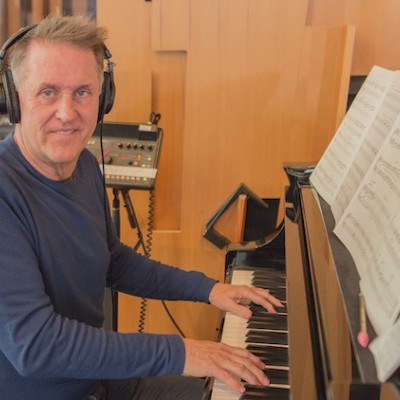
Goodwin was one of the most acclaimed, successful and influential jazz musicians of his generation.
Dec 9, 2025 12:28 PM
Gordon Goodwin, an award-winning saxophonist, pianist, bandleader, composer and arranger, died Dec. 8 in Los Angeles.…

Nov 13, 2025 10:00 AM
For results of DownBeat’s 90th Annual Readers Poll, complete with feature articles from our December 2025 issue,…
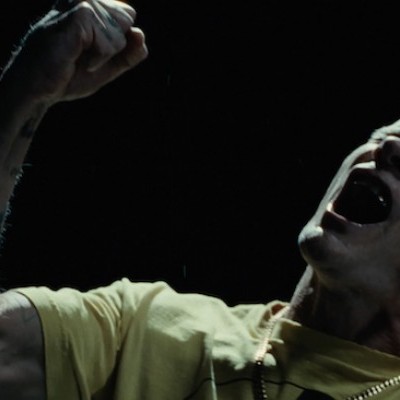
Flea has returned to his first instrument — the trumpet — and assembled a dream band of jazz musicians to record a new album.
Dec 2, 2025 2:01 AM
After a nearly five-decade career as one of his generation’s defining rock bassists, Flea has returned to his first…
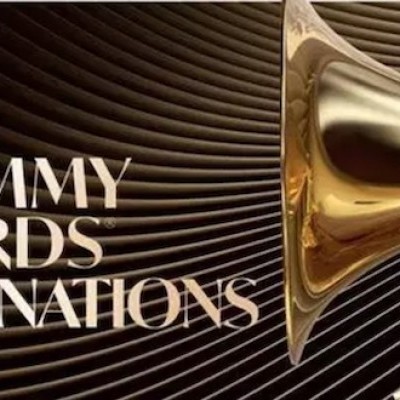
To see the complete list of nominations for the 2026 Grammy Awards, go to grammy.com.
Nov 11, 2025 12:35 PM
The nominations for the 2026 Grammy Awards are in, with plenty to smile about for the worlds of jazz, blues and beyond.…
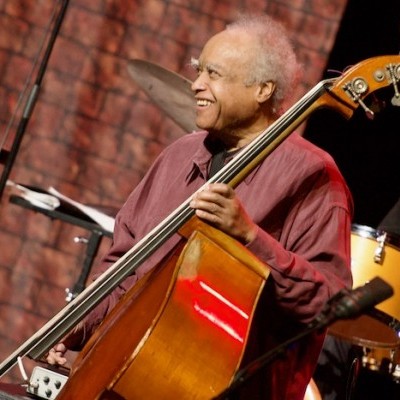
Drummond was cherished by generations of mainstream jazz listeners and bandleaders for his authoritative tonal presence, a defining quality of his style most apparent when he played his instrument unamplified.
Nov 4, 2025 11:39 AM
Ray Drummond, a first-call bassist who appeared on hundreds of albums as a sideman for some of the top names in jazz…

